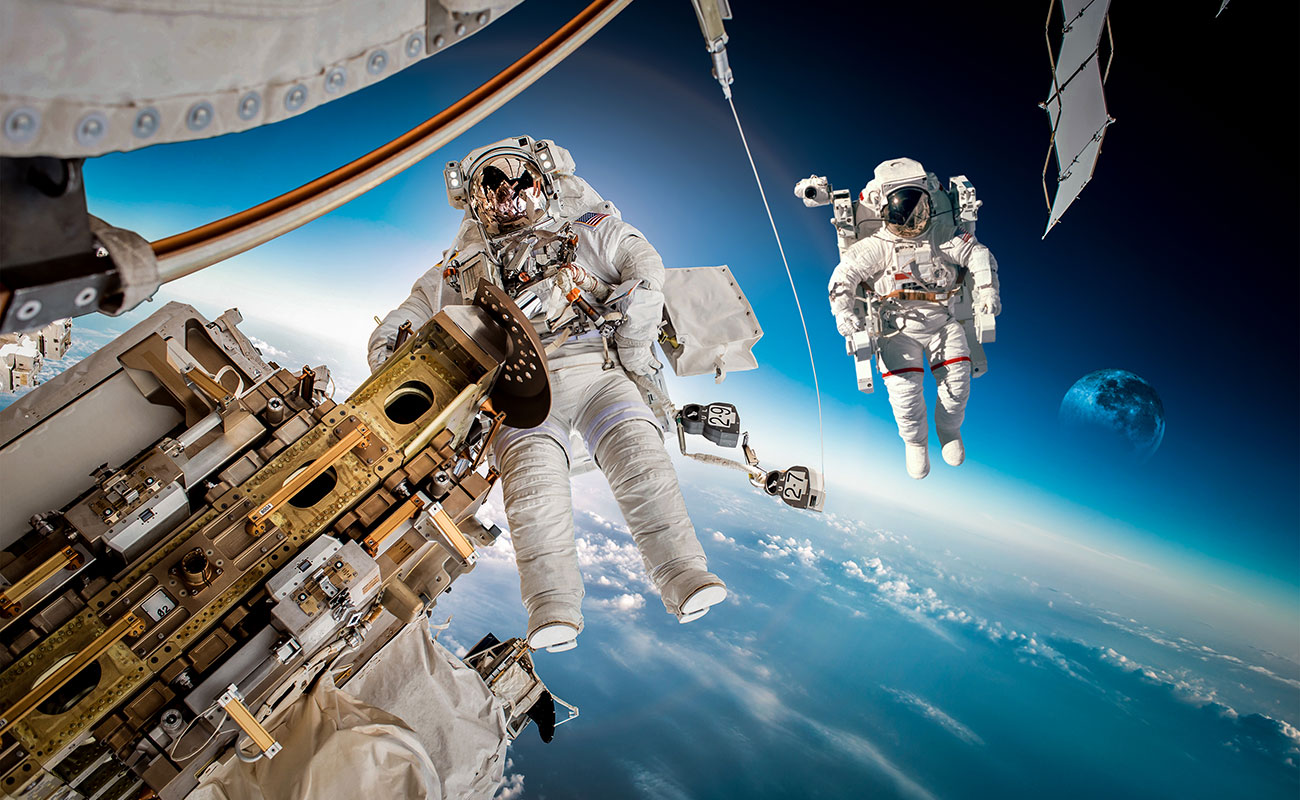NASA has been at the forefront of space exploration for decades, and now the next giant leap in human space travel is on the horizon: sending humans to Mars. This mission represents a monumental challenge, one that will require groundbreaking technology, international collaboration, and years of preparation. In this blog, we’ll explore NASA’s plans for the first human mission to Mars, the challenges involved, and how the space agency is preparing for this ambitious journey.
The Vision: Sending Humans to Mars
Why Mars?
Mars, often called the “Red Planet,” is one of the most Earth-like planets in our solar system. Its surface features, such as valleys, mountains, and polar ice caps, have made it a prime candidate for human exploration. Unlike the Moon, Mars has the potential to offer more than just scientific knowledge — it could become the next frontier for human civilization. With a day similar in length to Earth’s and the possibility of past life, Mars offers unique opportunities for discovery.
NASA’s Artemis Program: A Stepping Stone
NASA’s Artemis program, which aims to return astronauts to the Moon by 2025, is a critical stepping stone for the Mars mission. The experience gained from the Artemis missions will be invaluable in developing the technology and knowledge needed to send humans to Mars. This program includes testing deep-space systems, developing landing technologies, and refining life-support systems that will be essential for the Mars mission.
The Mars Mission Timeline: What to Expect
Current Timeline for Human Mars Exploration
NASA has set an ambitious target of sending astronauts to Mars by the 2030s, with the exact timeline dependent on the progress of technological development and funding. This timeline includes several key milestones, such as robotic missions to scout the Martian surface, test new space habitats, and send cargo missions to ensure everything is ready for human arrival.
Robotic Missions: Paving the Way
Before astronauts can land on Mars, NASA plans several robotic missions to lay the groundwork. These include sending rovers, landers, and orbiters to study the planet’s atmosphere, terrain, and weather patterns. NASA’s Perseverance rover, which is currently on Mars, is gathering valuable data to inform future human missions, including potential landing sites and resources that could support life.
The Challenges of a Human Mission to Mars
Distance and Duration: The Long Journey Ahead
One of the biggest challenges of sending humans to Mars is the sheer distance. Mars is, on average, about 225 million kilometers (140 million miles) from Earth, which means a round-trip mission could take up to 18 months or more. This extended journey presents numerous challenges in terms of spacecraft design, life support, and crew health.
Radiation: Protecting Astronauts in Deep Space
Another major hurdle is space radiation. Unlike Earth, which is protected by its magnetic field, astronauts traveling to Mars will be exposed to harmful cosmic radiation. NASA is developing advanced shielding technologies, including spacecraft materials and radiation-blocking suits, to protect astronauts on their journey and during their time on the Martian surface.
Life Support: Ensuring Sustainability
A human mission to Mars requires a robust life-support system capable of sustaining astronauts for long periods in an environment where resources are scarce. NASA’s Mars mission plans include developing closed-loop systems that recycle air, water, and food. Advanced habitats, capable of providing shelter from radiation and extreme temperatures, will also be necessary for long-duration stays on Mars.
Technology Innovations: Building the Tools for Mars Exploration
The Space Launch System (SLS): A Powerful Rocket
To reach Mars, NASA is developing the Space Launch System (SLS), a heavy-lift rocket designed to carry astronauts and cargo beyond Earth’s orbit. The SLS will be the backbone of NASA’s crewed missions to deep space, including Mars. With its immense power, the SLS will be able to deliver the heavy payloads needed for a human mission to Mars.
Orion Spacecraft: A Lifeline for Astronauts
The Orion spacecraft, designed to carry astronauts into deep space, will be crucial for NASA’s Mars mission. Equipped with state-of-the-art life support systems and long-duration capabilities, Orion will be the vessel that transports astronauts from Earth to Mars and back. Orion will also serve as a safe haven in space, providing astronauts with the shelter and resources they need during their journey.
The Role of International Collaboration and Partnerships
Working with Global Space Agencies
NASA understands that the Mars mission is too large an undertaking for any one country to manage alone. As a result, the agency is fostering international partnerships with space agencies such as the European Space Agency (ESA), Roscosmos, and others. These collaborations will allow NASA to leverage global expertise, share resources, and ensure the success of the mission.
Private Sector Involvement: SpaceX and Beyond
In addition to government partnerships, NASA is working with private companies, including SpaceX, which is developing its own Mars mission plans. SpaceX’s Starship spacecraft, designed for interplanetary travel, is seen as a potential option for transporting humans to Mars. These collaborations with the private sector will help accelerate the development of technologies needed for Mars exploration and reduce costs.
Life on Mars: What Will Astronauts Find?
The Martian Environment: Harsh but Habitable
Mars presents a harsh environment for human life, with temperatures dropping to minus 125 degrees Celsius (minus 195 degrees Fahrenheit) and a thin atmosphere composed mostly of carbon dioxide. However, scientists believe that it may be possible to build sustainable habitats using local resources, a process known as In-Situ Resource Utilization (ISRU). This could involve extracting water from the Martian soil, generating oxygen from carbon dioxide, and even growing food in controlled environments.
Searching for Signs of Life
One of the key objectives of NASA’s Mars mission is to search for signs of past or present life. Mars has evidence of ancient rivers, lakes, and oceans, suggesting it may have supported microbial life billions of years ago. By analyzing Martian soil and rock samples, astronauts may be able to uncover vital clues about the planet’s history and its potential to harbor life.
Preparing for the Future: What Comes After Mars?
Establishing a Human Presence on Mars
NASA’s goal for the first human mission to Mars isn’t just to land and return. The agency aims to establish a permanent human presence on Mars, with the long-term vision of creating a sustainable outpost. This could pave the way for further exploration of the solar system and, eventually, human colonization of other planets.
A Stepping Stone to the Stars: Exploring the Solar System
NASA’s Mars mission will serve as a stepping stone for future exploration missions, including those to the moons of Jupiter and Saturn. With Mars as a base, humanity could begin to reach further into the cosmos, making it one of the most important milestones in space exploration.
Conclusion: The Next Great Leap in Space Exploration
NASA’s plans for the first human mission to Mars are ambitious, challenging, and inspiring. With a combination of cutting-edge technology, international collaboration, and years of preparation, NASA is making strides toward one of the most significant achievements in human history. As we look toward the future, the successful mission to Mars will not only expand our understanding of the universe but also pave the way for humanity’s next great adventure — living beyond Earth.







